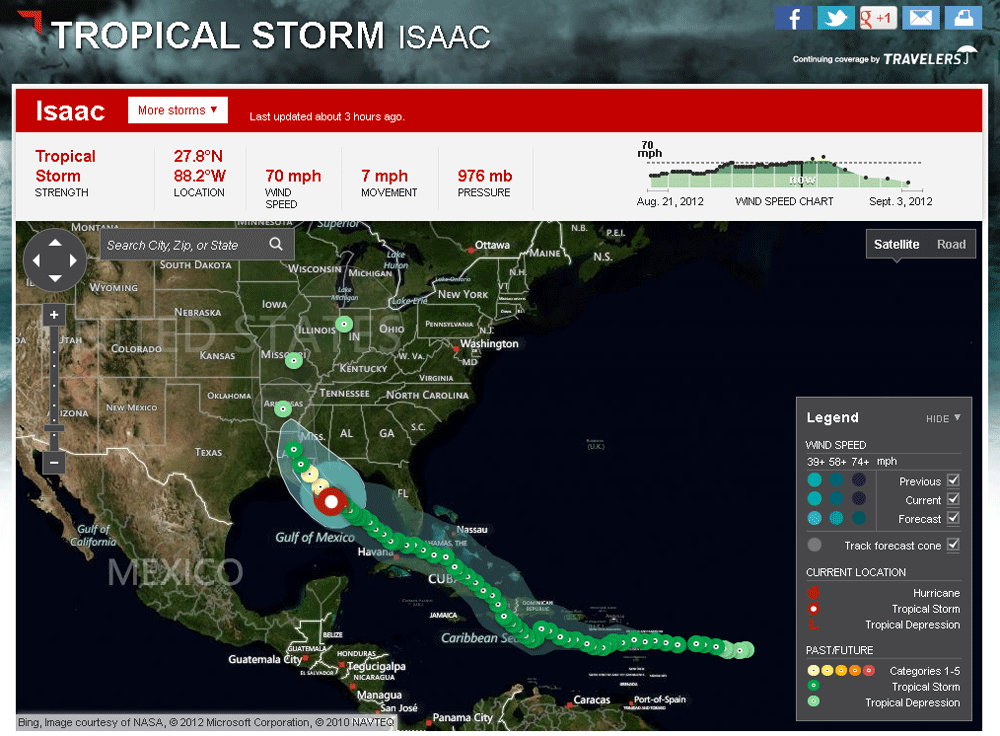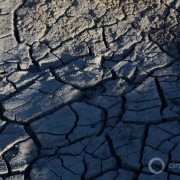Dilemmas of a Water, Sanitation and Health Funder
How do you choose who gets water and who goes thirsty?
Arguably, one of the greatest failures of the 21st century is that nearly a billion people don’t have access to an adequate supply of fresh water. Those of us covering the story know the scene all too well — endemic disease, unbearable hardship, and heart-wrenching tragedy.
At the same time, as we’ve reported many times, the world’s demand for fresh water is growing so fast that, by 2030, scarcity could trigger food shortages, cripple energy production, upend economic development, and weaken political stability. A water supply crisis — in likelihood and impact — is one of the world’s top risks, according to the World Economic Forum Global Risks Report 2013.
But what’s it like from the funder’s point of view?
I thought I’d share this perspective sent along by David Rothschild of the Skoll Foundation.
— J. Carl Ganter
“…it can be easy to fall into the feel-good trap of simply providing more access to wells. Although that will help people, in the larger scheme of things it won’t move us closer to a global solution to the WASH crisis.”
What a moment! At an April press conference, the president of the World Bank, Jim Yong Kim, held up a handwritten number and announced, “2030. This is it. This is the global target to end poverty.”
That historic moment also served to underscore some of the dilemmas that I and other WASH (clean water, sanitation, and hygiene) funders grapple with. How do we establish audacious — yet realistic — goals? How do we announce an ambitious goal — such as full water and sanitation coverage in a number of countries — and have confidence that we have a reasonable chance of achieving it?
What should our role as funders be, if not to push boundaries? If we just continue to provide incremental progress, we may never solve this problem. If the president of the World Bank can put forth aggressive goals, then foundation funders can — and should — do the same. After all, moving the needle on the world’s most pressing problems should be our moral imperative.
Don’t get me wrong: I’m not making a “pity-the-poor-funder” type argument. The hard work in the WASH space is being done by governments, NGOs, companies, local water committees, and others that provide frontline solutions. My role as a WASH funder is to look for solutions that can help people and communities solve their water and sanitation challenges in a way that is scalable and changes the paradigm of incremental change. I cannot justify funding projects that simply dig more wells.
But there are serious dilemmas inherent in establishing ambitious goals. Aggressive long-term goals are not the same as project-level goals. They demand that we consider questions related to systems, dependencies, and adjacencies, such as:
How do we avoid falling into the trap of providing poor solutions for poor people? Is it okay to be comfortable with the stated World Health Organization goal of every household being within 500 meters of a water point — a rather low bar — or should we strive to help communities move themselves out of poverty sooner rather than later by bringing them a greater level of service? Is it okay to sacrifice greater geographic reach in order to provide a smaller number of people with better services?
How do we square the fact that while water provision and sanitation provision are different endeavors requiring different skill sets and organizational approaches, we often ask organizations and institutions to do both? Is it acceptable to provide access to clean water without providing sanitation? If we are serious about the health benefits of clean water and sanitation provision, shouldn’t we aim for full sanitation coverage? And is it possible to reach 100 percent sanitation coverage without resorting to shaming tactics?
According to the WHO/UNICEF Joint Monitoring Programme, 30 percent to 60 percent of many water points fail in their first two years. People walk past broken taps and return to polluted water sources. If funders demand sustainable services after a project is implemented, how should we insist on accountability years after projects are implemented and funds accounted for? Might an emphasis on sustainable service commitments lead communities to depend on implementing agencies in ways that are unhealthy?
Should we insist on full coverage in areas where a portion of the local population isn’t interested in water or sanitation services? Are we comfortable with the idea of 100 percent coverage if it means government forcing the hand of a small reticent population?
Water is a scarce commodity. We need to fund WASH solutions that consider aquifer depletion and other water resource management issues. Yet WASH organizations often are not engaged on regional water use issues such as water for agricultural use. How can we improve access to water and sanitation while also improving water scarcity situations?
The vast majority of fresh water is used by the agricultural sector. Why aren’t more linkages made between the agricultural and WASH sectors? How can agricultural water use planning incorporate WASH planning?
While these are tough questions, there are answers to all of them. (Indeed, I can almost hear my friends in the WASH space responding as they read them.) As WASH funders, we have to tackle these questions, but we should not let that stop us from setting big goals. We should welcome the risk and hold ourselves accountable to our goals.
It is imperative for us to be innovative. The financial contributions of foundations and NGOs in the WASH world are miniscule compared to the total amount spent on WASH activities. The vast majority of WASH projects are implemented by governments and are often supported by multi- or bilateral financial institutions. Indeed, the vast majority of piped water is delivered by publicly-owned entities. The size of the global sanitation “market” over the period 2007-2020 is estimated by the World Bank’s Water and Sanitation Program to be about US $152 billion. (See the WASHfunders funding map for side-by-side comparisons of foundation funding and bi- and multilateral funding.) So what can foundations and other private funders do to make sure our modest financial support for WASH activities is catalytic and ultimately makes a difference?
As a foundation funder, it can be easy to fall into the feel-good trap of simply providing more access to wells. Although that will help people, in the larger scheme of things it won’t move us closer to a global solution to the WASH crisis. As funders of social entrepreneurship in the WASH field, Skoll Foundation has an obligation to push the envelope and establish aggressive long-term goals. We need to find those institutions that are shifting the paradigm, opening new markets, changing systems and demonstrating success at scale. We are proud of the groundbreaking work our grantees are doing. Organizations like EcoPeace, Gram Vikas, Water for People, and Water.org are challenging the status quo and bringing innovation and long-term solutions to the water and sanitation field.
As funders, we need to push the sector to work at scale, improve or abandon failing systems, and not accept incremental change. Indeed, that is much of what social entrepreneurship is about. Doing any less than that would mean we were just one more drop of help in an ocean of problems.
J. Carl Ganter is co-founder and managing director of Circle of Blue. He is a journalist and photojournalist, recipient of the Rockefeller Foundation Centennial Innovation Award, and an Explorers Club Fellow.










Leave a Reply
Want to join the discussion?Feel free to contribute!